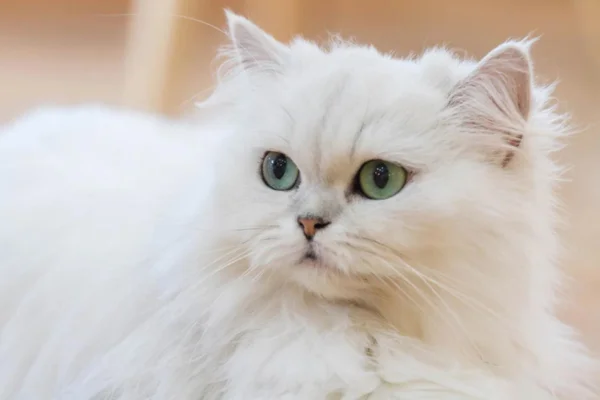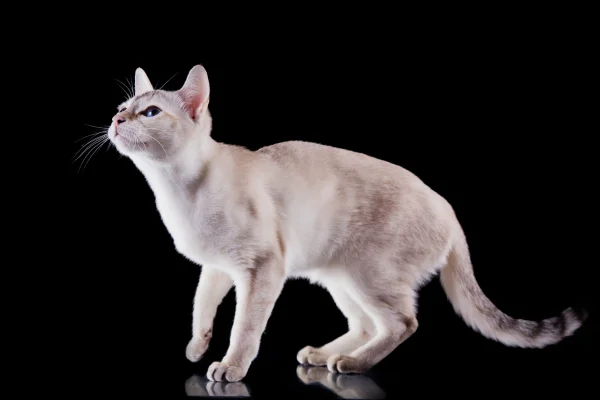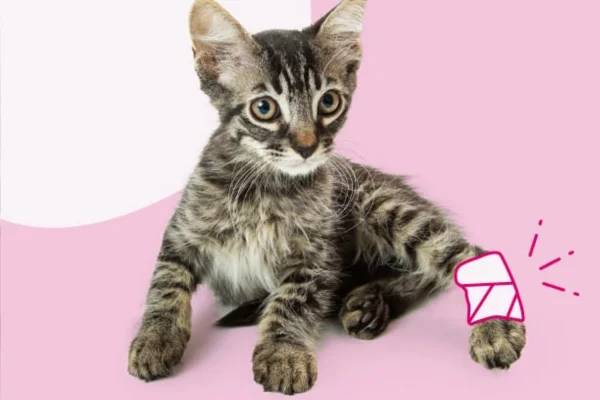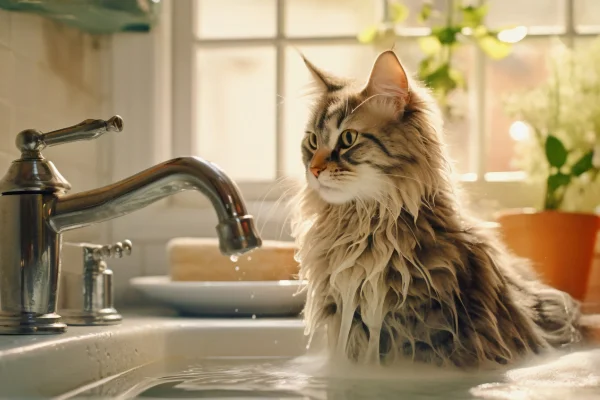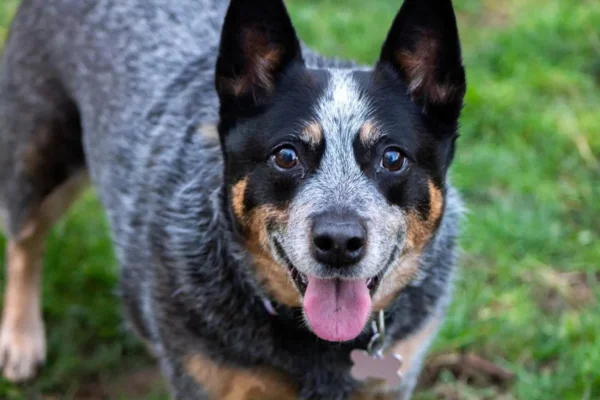The Main Diseases Affecting Persian Cats
Persian cats are known for their stunning beauty, long, silky hair and docile, affectionate temperament. However, this breed is also susceptible to a number of specific diseases, many of them related to their unique physical characteristics. In this article, we'll explore the main diseases that affect Persian cats, how to identify them and what measures to take to ensure the health and well-being of these adorable felines.
1. Respiratory Diseases
Persian cats are particularly prone to respiratory problems due to their facial anatomy. The characteristic flat face, known as brachycephaly, can cause a number of breathing difficulties.
- Brachycephalic syndrome: This condition causes breathing difficulties due to the shape of the skull and airways. Symptoms include noisy breathing, frequent snoring and exercise intolerance. In severe cases, surgery may be necessary to improve the animal's quality of life.
- Respiratory Infections: Persians are more vulnerable to respiratory infections such as feline rhinotracheitis, a viral disease that causes sneezing, nasal and eye discharge, and can lead to complications if not treated properly. Vaccination is an essential preventative measure against this and other respiratory infections.
2. Eye diseases
The large, expressive eyes of Persian cats, although charming, are prone to various diseases.
Contents
- Progressive Retinal Atrophy (PRA): A genetic disease that leads to the gradual degeneration of the retina, resulting in vision loss and eventually blindness. Although there is no cure, early diagnosis can help manage the condition.
- Entropion: A condition where the eyelids turn inwards, causing irritation and damage to the cornea. Corrective surgery may be necessary to solve the problem.
- Corneal ulcers: Caused by trauma or infection, these ulcers are extremely painful and, if not treated quickly, can lead to loss of vision.
3. Dermatological diseases
Persians' long, dense coats require constant grooming to avoid skin problems.
- Allergic dermatitis: It can be caused by fleas, food or inhaled substances. Symptoms include intense itching, redness and hair loss. Treatment involves identifying and eliminating the cause of the allergy, as well as medication to relieve the symptoms.
- Mycoses: Fungal infections such as dermatophytosis (or tinea) are common in Persians. These infections cause areas of hair loss, redness and itching. Treatment includes topical or oral antifungals.
4. Kidney Diseases
Persian cats are predisposed to developing kidney diseases, especially Polycystic Kidney Disease (PKD).
- Polycystic Kidney Disease (PKD): An inherited condition where cysts form in the kidneys, eventually leading to kidney failure. Ultrasound can diagnose PKD at an early stage. Although there is no cure, proper management can prolong the cat's life and improve its quality of life.
- Chronic renal failure: Common in elderly cats, this condition is characterized by the gradual loss of kidney function. Symptoms include increased thirst, loss of appetite and weight loss. Treatment aims to control the symptoms and slow down the progression of the disease.
5. Heart Disease
Persian cats are also at risk of developing heart disease.
- Hypertrophic Cardiomyopathy (HCM): The most common heart disease in cats, including Persians. It is characterized by thickening of the heart walls, which can lead to heart failure. Early diagnosis by echocardiogram is essential. Treatment includes medication to control symptoms and improve heart function.
6. Dental problems
Dental problems are common in Persian cats and can lead to serious complications if left untreated.
- Periodontal disease: Inflammation and infection of the gums and supporting structures of the teeth. Symptoms include bad breath, red and swollen gums, and difficulty eating. Prevention involves regular tooth brushing and professional dental cleanings.
- Tooth Resorption: A condition where the tooth structure is resorbed by the body, leading to severe pain and tooth loss. Extraction of the affected tooth is the most common treatment.
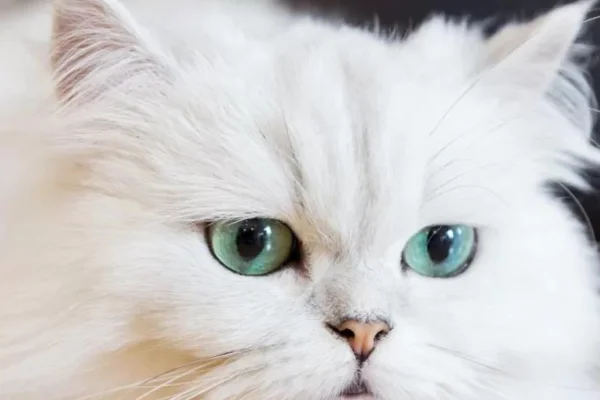
Preventive Care for Persian Cats
Prevention is the key to keeping Persian cats healthy. Here are some tips for looking after your Persian cat:
- Regular veterinary check-ups: Regular visits to the vet allow early detection of health problems. Annual check-ups are essential to monitor your cat's general health.
- Vaccinations and worming: Keeping vaccinations up to date and administering dewormers regularly helps prevent many infectious and parasitic diseases.
- Grooming and coat care: Daily brushing to avoid knots and dirt build-up, as well as regular baths to keep the skin and coat healthy.
- Balanced diet: A high-quality diet, tailored to the specific needs of Persian cats, contributes to their general health and longevity. It is important to avoid foods high in sodium and maintain a balanced diet to prevent kidney disease.
- Adequate hydration: Cats tend to drink little water, which can contribute to kidney problems. Encouraging water consumption by offering fresh, running water sources can help.
Conclusion
Persian cats, with their majestic appearance and charming personality, require special care to ensure a healthy and happy life. Knowing the common illnesses that affect this breed and adopting preventative measures are fundamental steps to providing your feline companion with a long, quality life. Regularly monitoring your cat's health with the help of a trusted vet is essential to detect and treat any health problems early on.
By providing the necessary care and paying attention to signs of possible illness, you can ensure that your Persian cat lives a full and healthy life, filled with affection and well-being.
Thanks for stopping by, check out our other work too
http://Leiturinhakids.com

